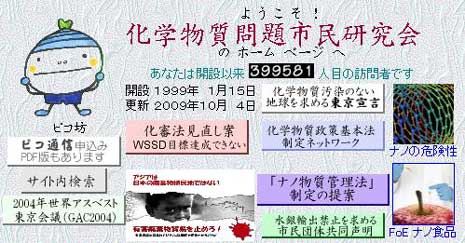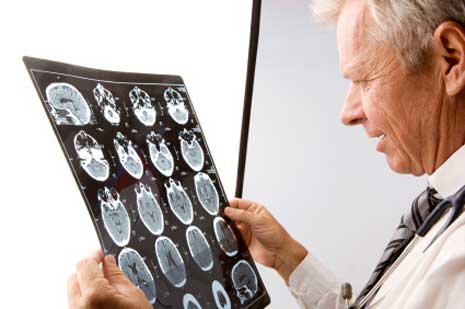MCS – Multiple Chemical Sensitivity recognized as physical disease at ICD-10 in Japan

Eva Caballé “Eva’s No Fun Blogspot“ from Spain reports:
Few days ago I discovered that my blog had some visitors from this Japanese website, a blog done by Prof. Masumi Yamamuro of Tokyo University. When I read this post, I discovered that it was my article “The Naked Truth about MCS” in Japanese and they mentioned that it had been translated by Citizens Against Chemicals Pollution (CACP) and I decided to write them. Takeshi Yasuma, from Citizens Against Chemicals Pollution (CACP), explained me that he found my article at The Canary Report and he immediately translated it into Japanese with the subtitle “Cry of Spanish MCS Patient’s Heart”, because he was very impressed by it. He published the Japanese version of my article in Citizens Against Chemicals Pollution website last August and also in the September issue of their monthly newsletter.
I also asked him about MCS situation in Japan, and now, with his permission, I post the part of his email where he explained it and I also reprint CACP’s mission.
Takeshi Yasuma wrote:
There is good news.
On October 1, 2009, the Medical Information System Development Center (MEDIS-DC), a subsidiary organization of Ministry of Health, Labor and Welfare (MHLW) published the revised list of ICD-10 Japanese Standard Disease Code Master in which MCS is categorized in T65.9: Toxic effect of other and unspecified substances / Toxic effect of unspecified substance.
It has been now clearly recognized in Japan that MCS is NOT a mental disease but a physical disease.
This decision is welcomed by MCS patients and their supporters and they expect the possible coverage of MCS by health insurance, but so far it remains uncertain whether or how it will change.
Patients and their supporters will take actions for calling on Japanese government to give urgent supports for MCS patients including coverage of MCS by health insurance, strengthening medical services, financial support for livelihood and provision of safer houses.
On October 31 at Tokyo, we will hold a MCS symposium celebrating the recognition and calling on Japanese government to take further measures for MCS.
CACP’s Mission:
To provide information to the public and take action necessary for protecting human health and environment from harmful chemicals based on Precautionary Principle and Environmental Justice.
Main Activities:
- To issue monthly newsletter [PICO].
- To issue weekly mail service.
- To provide information at our website.
- To publish books and booklets related to environmental health.
- To propose our policies to the Japanese Government and local governments.
- To hold seminars for citizens on protecting human health and environment.
I want to thank to Takeshi Yasuma for translating my article, for letting me publish all this information about MCS in Japan and also for asking me to write a message to MCS patients and their supporters to be presented at the MCS symposium. It will be an honour to me!
Author: Eva Caballé, Eva’s No Fun Blogspot
Thank you very much Eva! Big Hug, Silvia
NOTES:
- Original post in Spanish and English by Eva Caballé at No Fun Blogspot
- Post translated into German by Silvia K. Müller and published at CSN Blog
- Post translated into Japanese by Takeshi Yasuma and published at Citizens Against Chemicals Pollution website (October 7, 2009).
- Post linked at The Canary Report (October 8, 2009).




